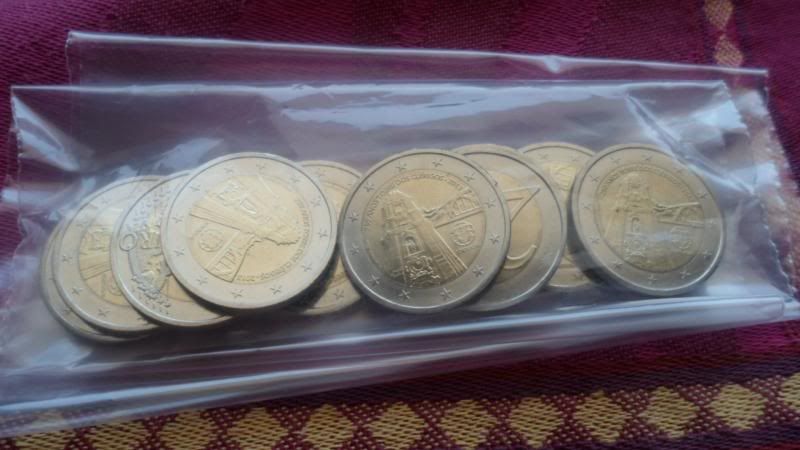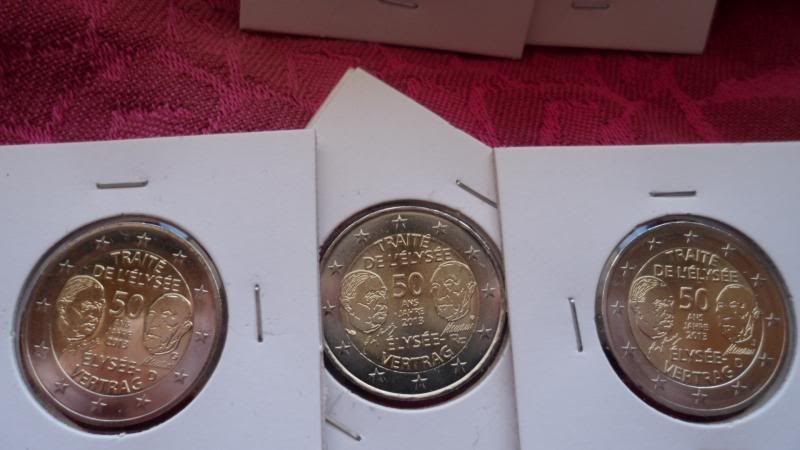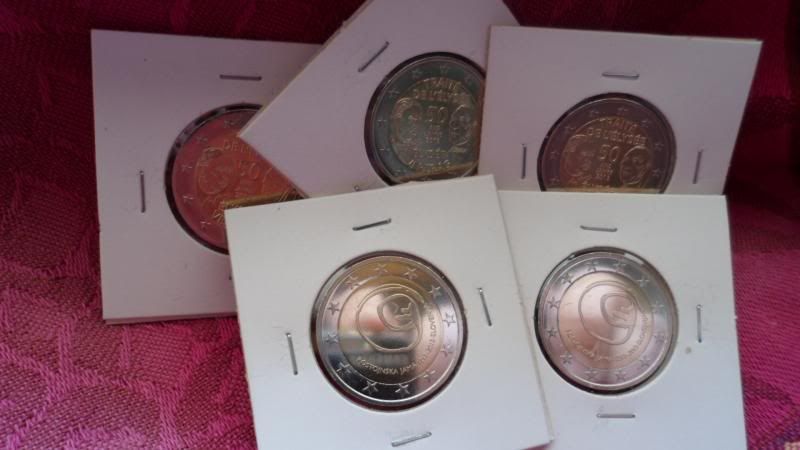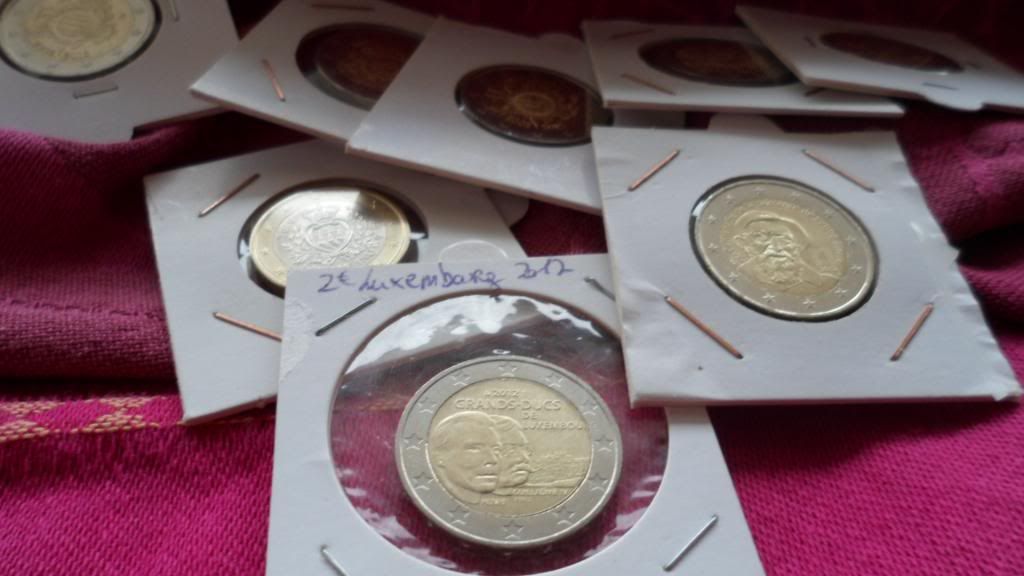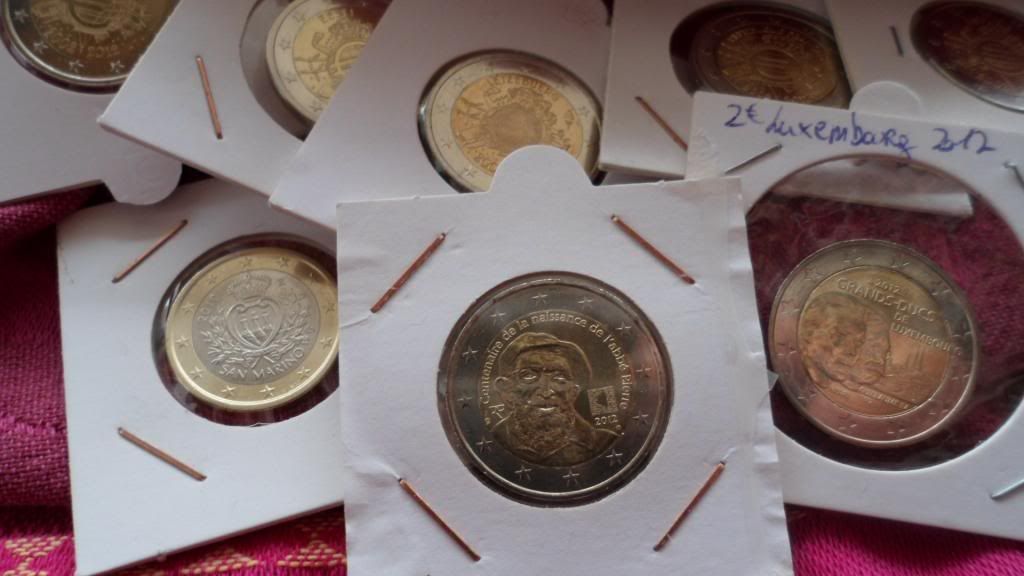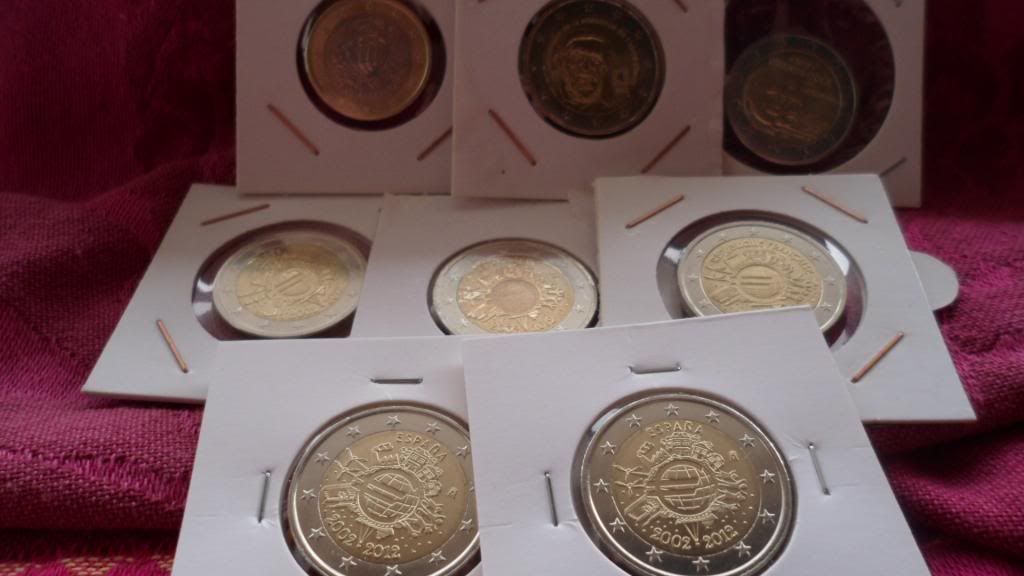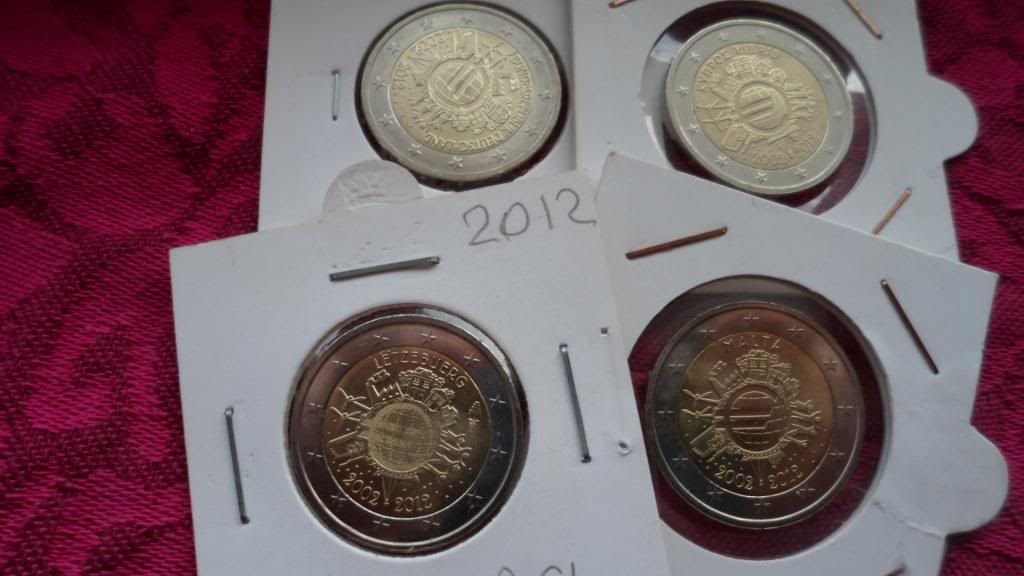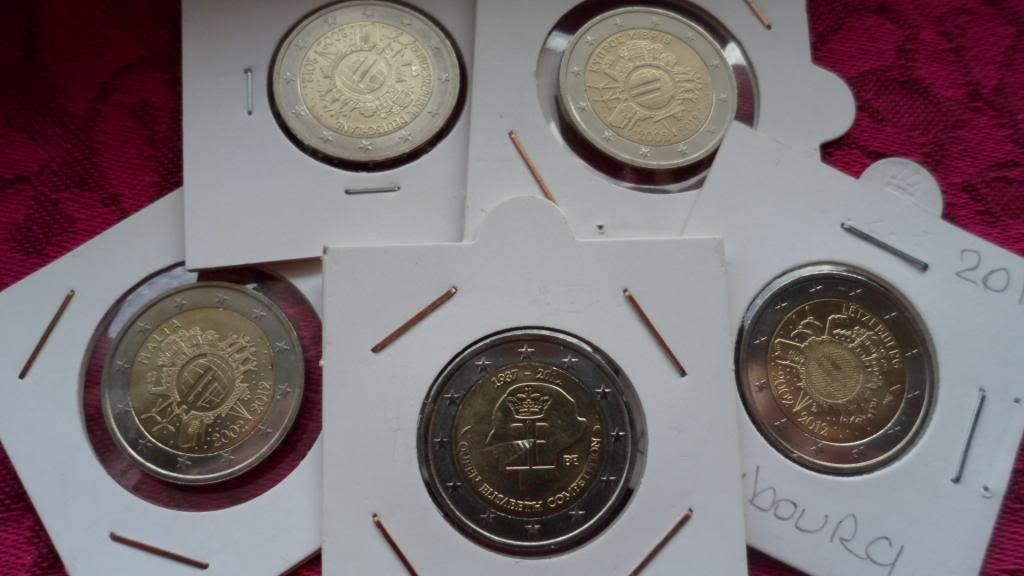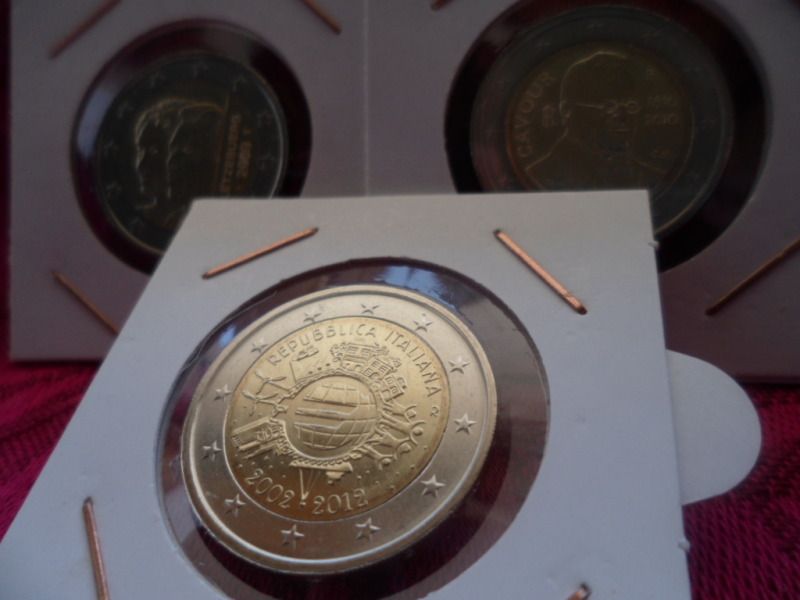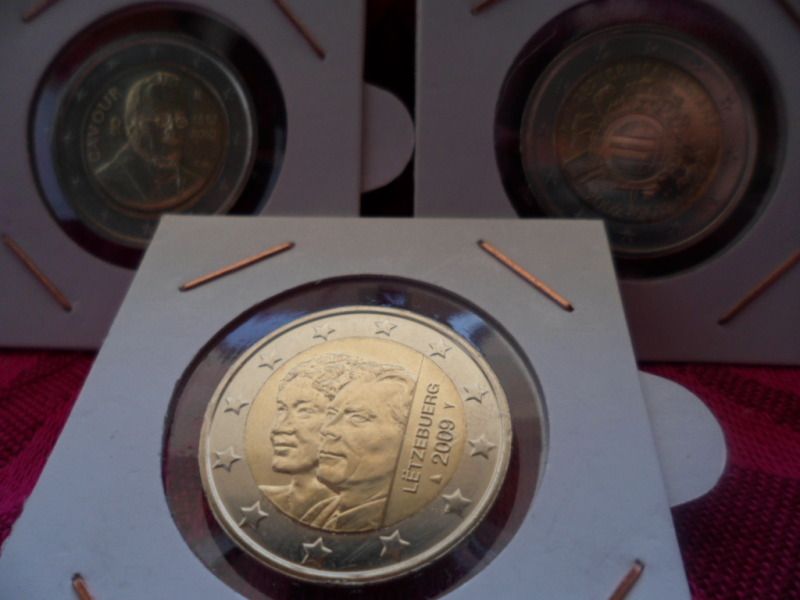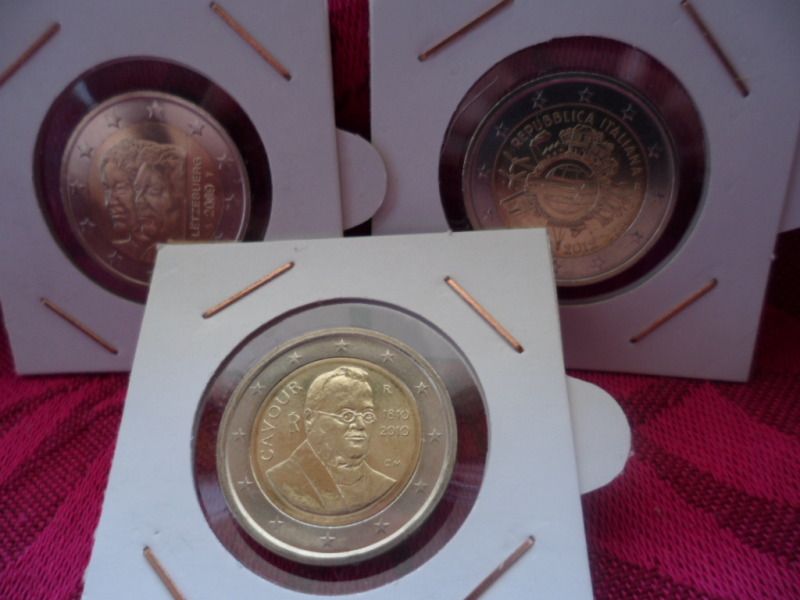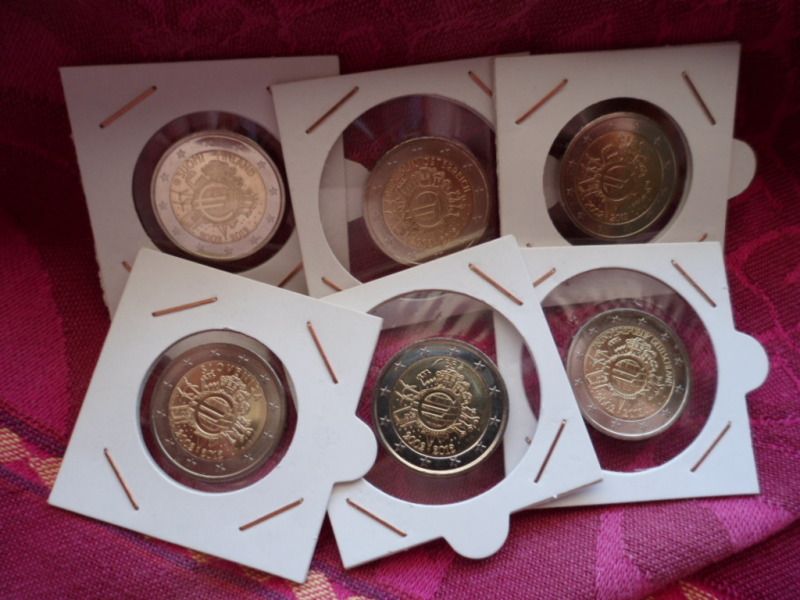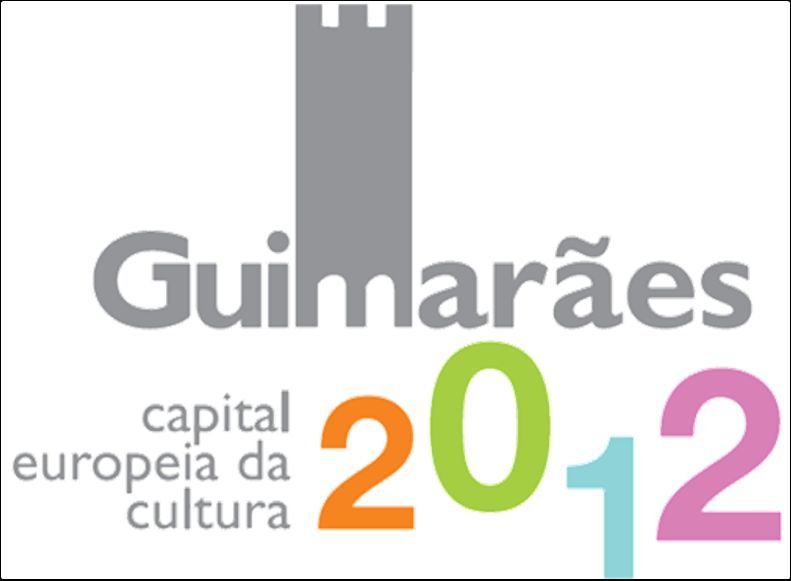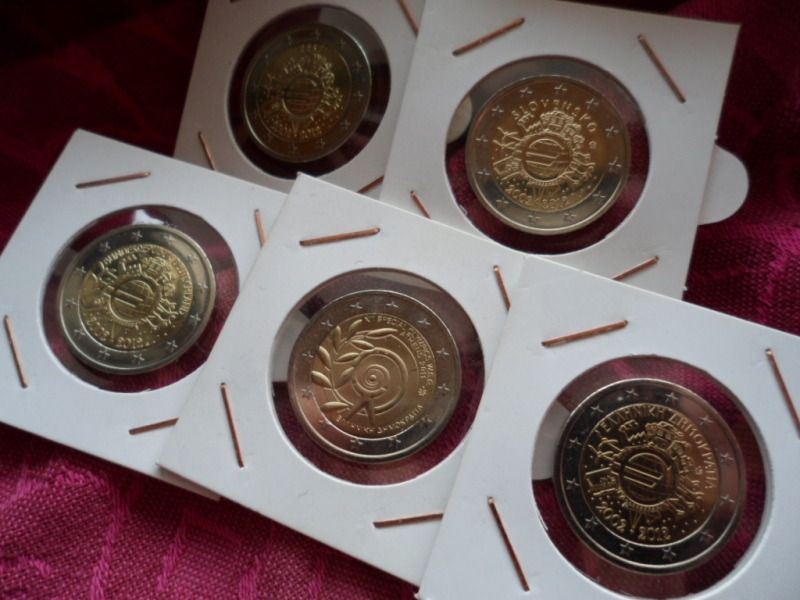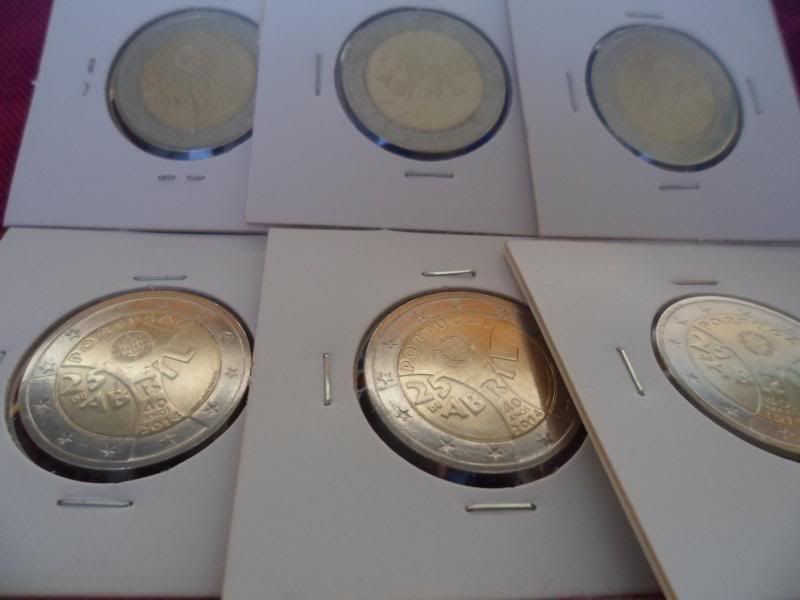

25 APRIL - 40 Years
Commemorative coin celebrating 40 Years since the Carnation Revolution
Commemorative coin celebrating 40 Years since the Carnation Revolution
Bought today...
The coin depicts a stylized carnation, the date 25 DE ABRIL (25 April), under the shield of Portugal and above 40 ANOS (40 years) legend in two lines. At the top of the coin, it is described the issuing country PORTUGAL. Below, in the center, the year 2014 and on the right the name of the mint INCM and engraver José Teixeira.
The coin depicts a stylized carnation, the date 25 DE ABRIL (25 April), under the shield of Portugal and above 40 ANOS (40 years) legend in two lines. At the top of the coin, it is described the issuing country PORTUGAL. Below, in the center, the year 2014 and on the right the name of the mint INCM and engraver José Teixeira.
The Carnation Revolution was a military coup in Lisbon, Portugal on 25 April 1974 which overthrew the regime of the Estado Novo. The revolution started as a military coup organized by the Movimento das Forças Armadas (Armed Forces Movement, MFA), composed of military officers who opposed the regime, but the movement was soon coupled with an unanticipated and popular campaign of civil resistance. This movement would lead to the fall of the Estado Novo and the withdrawal of Portugal from its African colonies.
The result of the revolution was the toppling of a dictatorship which had prevailed for almost 50 years and Portugal emerged as a democratic country.
